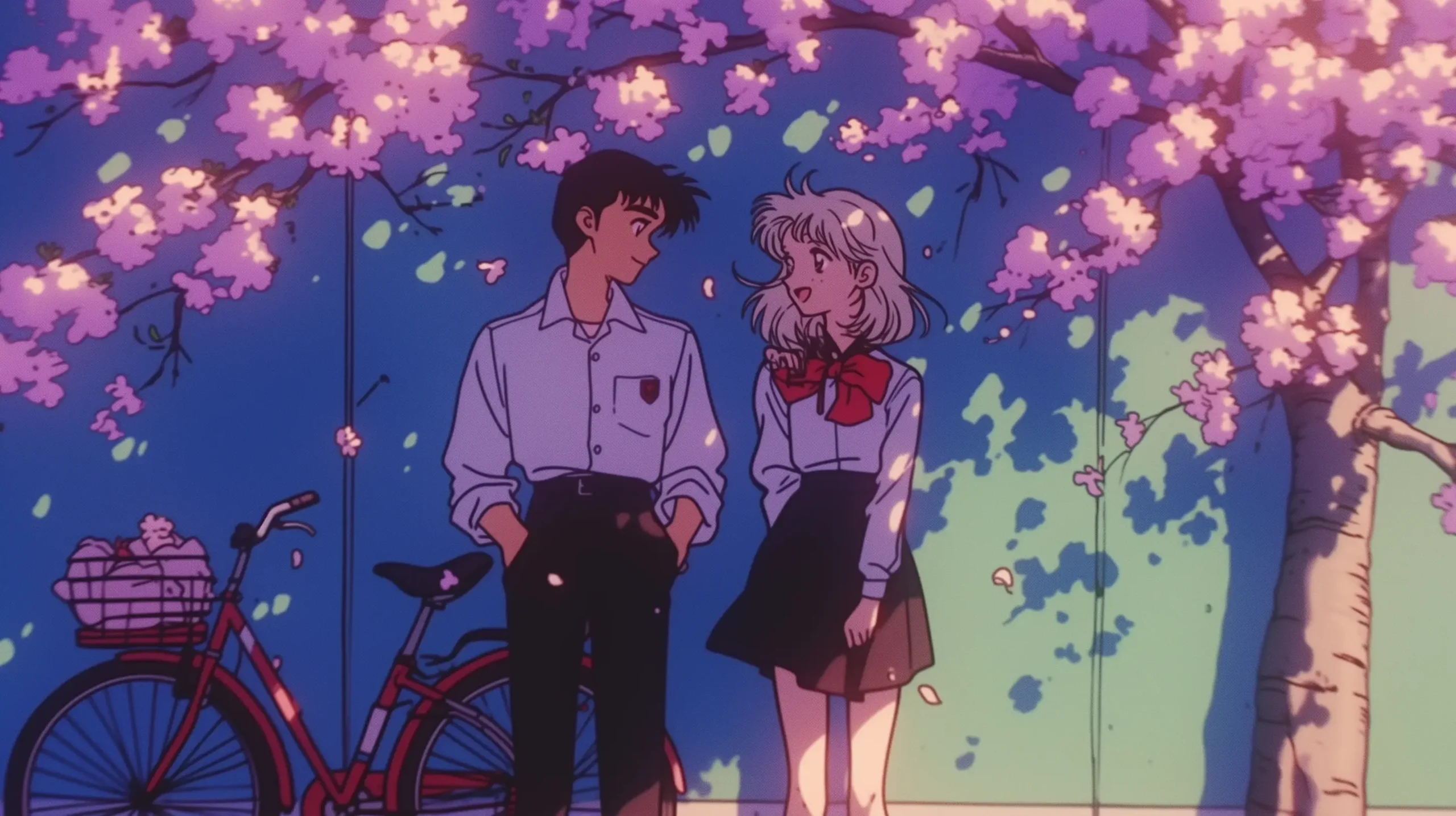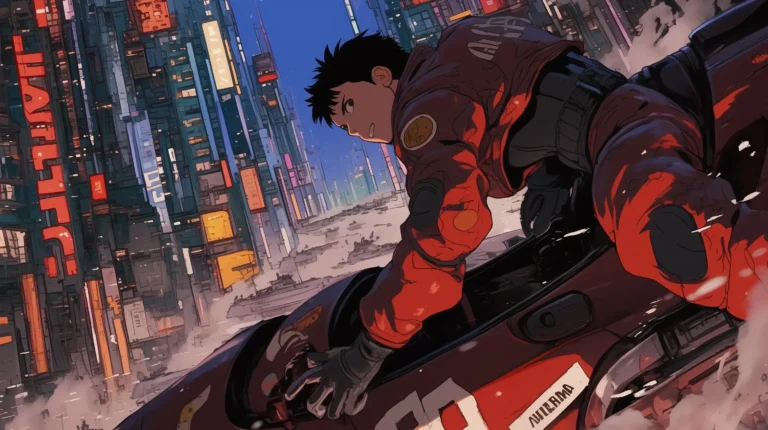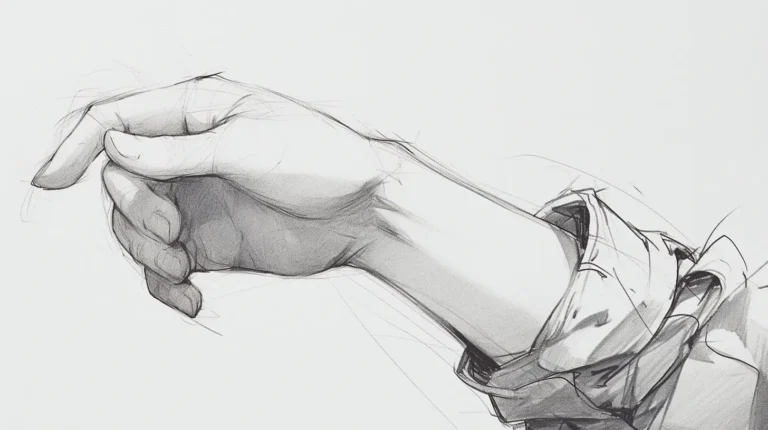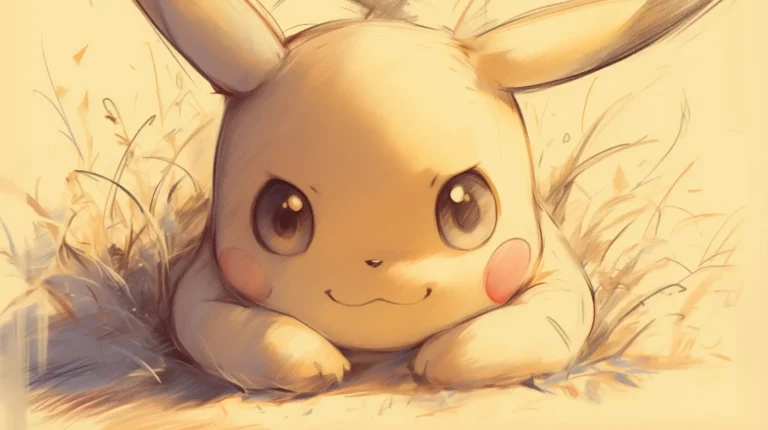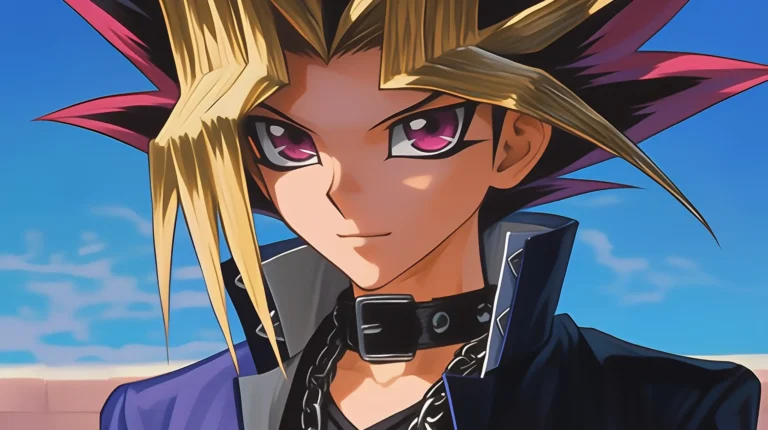If you love the nostalgia of 90’s anime art, you’re not alone. This unique style has a charm that continues to inspire artists and fans alike. The vibrant colors, distinct character designs, and emotional storytelling of 90’s anime art create a powerful aesthetic that captures your imagination.
The Rise of 90’s Anime
The 90’s marked a significant evolution in anime, bringing unique art styles and iconic series that captured the hearts of many. This era introduced bold colors, engaging characters, and storytelling that resonated with viewers around the world.
Defining the 90’s Anime Aesthetic

The 90’s anime aesthetic is known for its vibrant colors and distinctive character designs. You might notice exaggerated facial features, large eyes, and colorful hair that make the characters memorable.
Traditional hand-drawn techniques combined with advancements in animation technology allowed for greater flexibility and detailed artwork. Dazzling backgrounds and dynamic action scenes became common in many shows. This period also emphasized unique visual styles that set the tone for various genres, appealing to a wide range of audiences.
Influential 90’s Anime Series
Several series from the 90’s became cultural icons and still hold a special place in anime history. For example, Neon Genesis Evangelion challenged traditional storytelling with its deep themes and complex characters.

Another classic, Dragon Ball Z, made action and intense battles popular, paving the way for shonen anime. Shows like Sailor Moon introduced strong female characters, blending action with romance. Each series brought something new and innovative to the table, showcasing the creativity of 90’s anime art. These shows are not just entertainment; they shaped the future of anime and left a lasting impact on fans everywhere.
Styles and Themes
In 90’s anime, you can see a unique blend of character design and storytelling that sets it apart. The visuals often complement the rich themes, creating memorable experiences for viewers.
Character Design and Visual Art
Character design in 90’s anime art is notable for its vibrant colors and distinct features. Many characters have oversized eyes, which express emotions deeply. This style became iconic, allowing you to connect with characters like those in Neon Genesis Evangelion and Revolutionary Girl Utena.
The use of detailed backgrounds enhances the stories. Techniques like hand-drawn art give an authentic feel that digital animation often lacks. You’ll notice how these artistic choices bring characters and settings to life, drawing you into the world of the anime.

Storytelling and Themes
The storytelling in 90’s anime is often complex and layered. Many shows tackle serious themes like identity, love, and societal issues. Revolutionary Girl Utena, for example, explores gender roles and power dynamics through its storytelling and visual metaphors.
Not only are the plots engaging, but the character arcs also resonate. Anime like Neon Genesis Evangelion takes a psychological approach to its characters, making their struggles relatable. You may find yourself reflecting on these deeper themes long after watching, which adds to the overall impact of the art style.
Iconic Characters and Their Impact

Characters from the ’90s anime have left a lasting impression on fans with their unique personalities and styles. From strong heroines to complex anti-heroes, these characters shaped the genre and its themes.
Heroines of the Era
One of the most memorable heroines is Sailor Moon. She combines strength with compassion, teaching viewers about friendship and justice. This magical girl not only battles evil but also faces personal struggles, making her relatable. Her iconic transformation sequences and signature pose have inspired many.
Another notable character is Asuka Langley Soryu from Neon Genesis Evangelion. Asuka is fierce and ambitious, but she has deep-seated insecurities. Her character arc showcases growth and vulnerability, resonating with audiences who appreciate depth in female characters.
These strong female leads showed that heroines could be complex and inspiring, broadening the scope of anime storytelling.
Anti-Heroes and Villains

Spike Spiegel from Cowboy Bebop stands out as an unforgettable anti-hero. With a laid-back attitude and a troubled past, he captures viewers’ attention while living a life of bounty hunting. His character embodies a mix of charm and emotional depth, leaving a lasting impact on fans.
In contrast, characters like Char Aznable from Mobile Suit Gundam challenge the status quo with their complex motives. Char is not just a typical antagonist; his personal vendettas and idealistic goals blur the line between hero and villain, adding layers of intrigue and moral ambiguity.
These anti-heroes and villains contribute to the richness of 90’s anime art, making its stories compelling and thought-provoking.
Cultural Influence

The 90’s anime art style has made a significant mark on global culture. Its distinct aesthetics not only shaped animation but also influenced various aspects of everyday life, from fashion to community activities.
Anime’s Role in Global Pop Culture
90’s anime introduced iconic shows like Sailor Moon and Dragon Ball Z, which resonated with audiences worldwide. These series not only entertained but also inspired community groups dedicated to discussing and celebrating anime culture. You might find local clubs organizing screenings or cosplaying events, bringing fans together.

The rise of conventions has showcased retro anime characters, allowing fans to express their love for those series through costumes and panel discussions. As a result, 90’s anime art became a cornerstone in today’s pop culture landscape, paving the way for new generations to engage with this vibrant medium.
Fashion and Lifestyle
The influence of 90’s anime art extends into fashion and lifestyle trends. Characters like Goku and Usagi Tsukino have inspired clothing styles that mix casual wear with playful, bold designs. You may notice how certain brands incorporate anime-inspired graphics into their collections.

These designs often include elements like oversized tees or accessories featuring beloved characters. Events based on old anime often feature fashion shows highlighting these styles, allowing fans to combine their love for anime with their daily attire. Embracing this fashion not only represents a love for anime but also connects you to a wider community that appreciates these beloved aesthetics.
Engaging with 90’s Anime Today
There’s a vibrant world surrounding 90’s anime art that invites you to explore classic shows and connect with fellow fans. Today, you can discover these beloved series while also engaging with communities that celebrate this unique 90’s anime art style.
Discovering Classics
To dive into 90’s anime, start by checking out iconic series like Sailor Moon, Dragon Ball Z, and Neon Genesis Evangelion. These shows are not just nostalgic; they also offer rich storytelling and memorable characters.

Consider creating a list of must-watch titles. Check out our list about the best older anime! Online forums and social media platforms often share updates about where to find these classics. Joining discussions can enhance your viewing experience as you learn different perspectives.
Fandom and Community
Joining the fandom is another way to engage with 90’s anime art. Many communities thrive online, where you can connect with others who share your passion.
Explore subreddits like r/anime, where you can see autocomplete results related to 90’s shows. Participate in discussions, share art, and recommend titles.
You can also attend conventions or events that highlight retro anime. These gatherings often feature panels, screenings, and merch sales that cater specifically to 90’s anime art lovers. Engaging with others can deepen your appreciation of this art style and provide a sense of belonging.
FAQ – 90’s Anime Art
What is 90s anime style?
90s anime style is characterized by bold line art, vibrant colors, exaggerated expressions, and distinctive character designs with large, expressive eyes. It emphasizes a mix of detailed backgrounds and stylized simplicity.
Was the 90s anime hand-drawn?
Yes, most 90s anime was hand-drawn using traditional cel animation techniques, giving it a unique, textured look that many fans still admire today.
Was anime a thing in the 90s?
Absolutely! The 90s were a golden age for anime, with iconic shows like Sailor Moon, Dragon Ball Z, and Neon Genesis Evangelion gaining massive popularity worldwide.
What was the first anime art style?
The first anime art style, influenced by early 20th-century Western cartoons, featured simple, rounded characters. Osamu Tezuka’s work in the 1940s, especially Astro Boy, shaped modern anime’s iconic look.
Are you interested in 90’s anime art? Then also check out our article about the best anime style, what anime has the best animation or the best older anime which I linked above! What are your favorite 90’s anime? Let us know in the comments!

